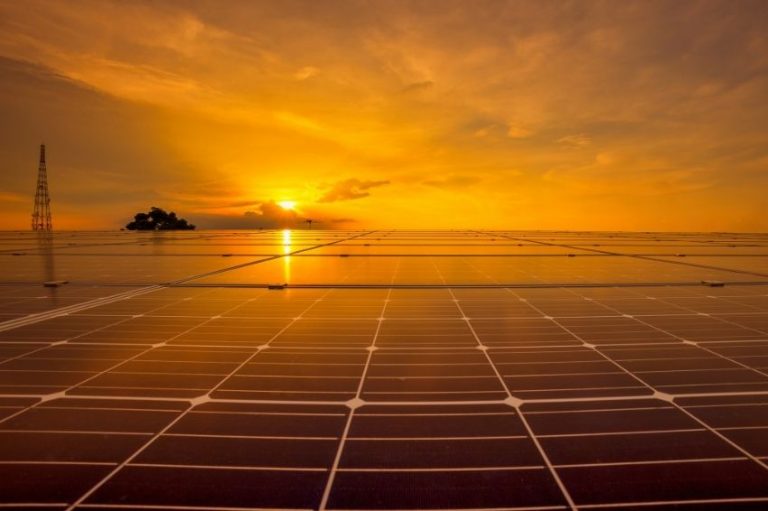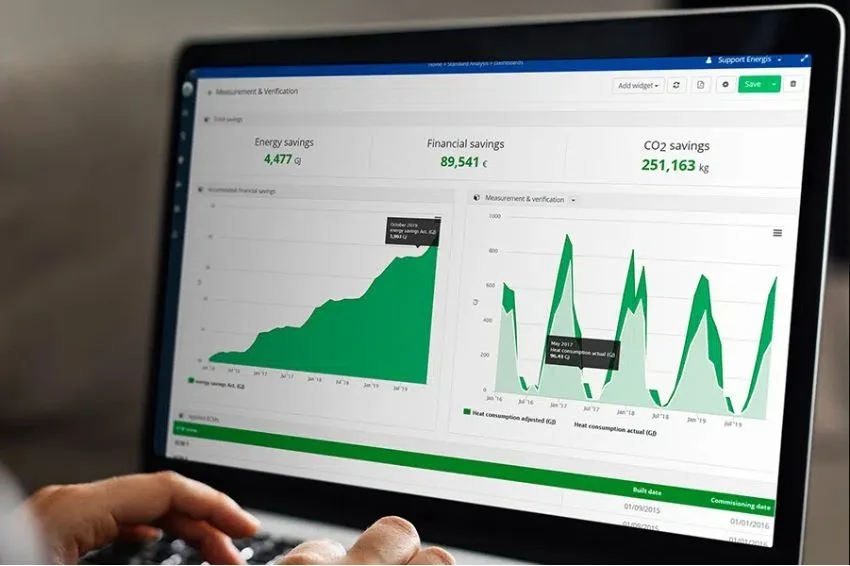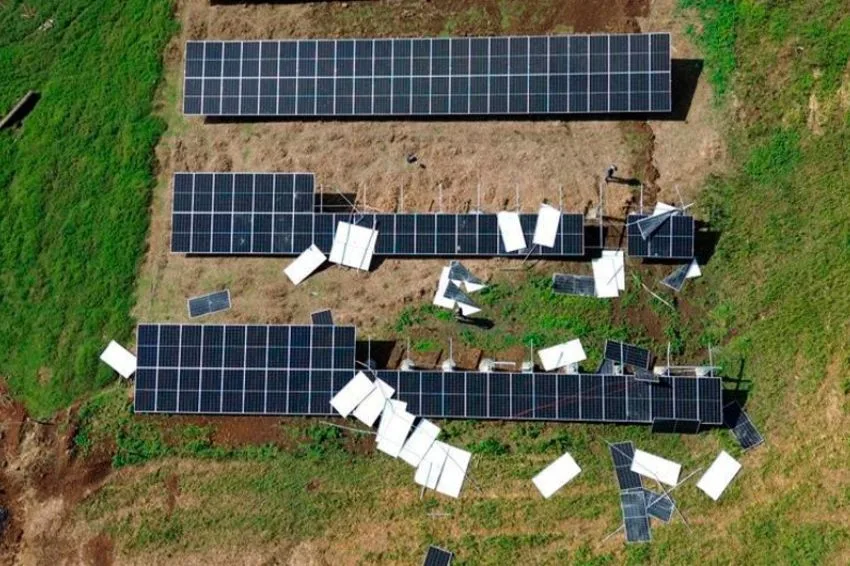*In collaboration with Camila Nascimento
The commitment made by 47 countries at COP 26 (26th United Nations Conference on Climate Change), to reallocate investments from fossil fuels in energy generation, such as coal, oil and natural gas, to renewable sources, such as solar and wind, for example, it is a clear sign that the energy transition is gaining further momentum among the most developed economies in the world.
The declaration, signed and published on November 4, at the Conference in Glasgow, Scotland, has as signatories countries such as the United States, Canada, Germany, the United Kingdom and Denmark.
In this scenario, Brazil has a great opportunity to take a strong role in this flow of investment for the energy transition, mainly driven by the growth of solar sources in the country.
According to data from ABSOLAR (Brazilian Association of Photovoltaic Solar Energy), Brazil has just surpassed the historic mark of 12 GW of operational power from photovoltaic solar sources, in large plants and in small and medium-sized systems installed on roofs, facades and land.
According to the entity, the solar source has already brought more than R$ 60.6 billion in new investments to the country, R$ 15.7 billion in revenue to the public coffers and generated more than 360 thousand jobs accumulated since 2012. As a result, it has also avoided the emission of 13.6 million tons of CO2 in electricity generation.
The news can serve as encouragement to Brazilians in the face of the current energy scenario. The low level of hydroelectric reservoirs has resurrected the feared “ghost” of a blackout in Brazil, precisely because of the risk of electricity rationing that is looming.
It also brought new increases in Brazilians' electricity bills, with the so-called “water scarcity flag”, a result of the intense use of fossil thermoelectric plants, which are more expensive and polluting, and the import of electricity from neighboring countries.
The situation directly affects family budgets and the competitiveness of productive sectors. Faced with this challenge, economists and government agencies had to increase inflation projections for 2021.
Monitoring by the ONS (National System Operator) in the 161 water reservoirs in the national territory revealed a reduction in the rainfall rate in all Brazilian regions, without exception: it is the worst moment in the last 91 years, when the historical series began. Thus, the water crisis stopped being a localized problem: it became a national and chronic concern.
Faced with this worrying scenario, the light at the end of the tunnel comes from above: solar energy is a strategic part of the solution in the short, medium and long term. The diversification of the matrix, with greater inclusion of clean and renewable sources, strengthens the electrical supply and brings more security and competitiveness to the regional and national economy, using the cheapest sources in the country.
Large solar plants generate electricity at prices up to ten times lower than emergency fossil thermoelectric plants or electricity imported from neighboring countries currently, two of the main factors responsible for the tariff increase on consumers.
In the case of self-generation of solar energy on roofs and small plots of residences, businesses, industries, rural properties and public buildings, there are also benefits in reducing costs in the electricity sector, which helps to reduce the electricity bill of all Brazilians. .
In addition to preserving water from hydroelectric plants, the generation of solar energy itself contributes to reducing expenses that increase the electricity bill of all Brazilians, reducing costs with generation, transmission and distribution infrastructure.
With it, electricity is generated at or near the place of consumption, reducing electrical losses. This also reduces the use of fossil thermoelectric plants, which are most responsible for red flags and water shortages, which make electricity bills more expensive, and for the emission of pollutants and greenhouse gases in the electricity sector.
Thanks to the versatility and agility of solar technology, just one day of installation is enough to transform a home or business into a small plant generating clean, renewable and affordable electricity.
Therefore, the advancement of solar energy in the country, via large plants and self-generation in homes, small businesses, rural properties and public buildings, is fundamental for the social, economic and environmental development of Brazil.
It helps to diversify the country's electricity supply, reducing pressure on water resources and the risk of rationing, as well as reducing the occurrence of tariff flags on the population's electricity bill and protecting the population and productive sectors against increases electricity tariffs.
*Camila Nascimento is coordinator of ABSOLAR in the State of Rio de Janeiro and director of Win Energias Renováveis

















2 Responses
The worst thing is to see Brazilian politicians concerned about creating fees and taxes to slow down the growth of something so beneficial for the entire planet. It's regrettable.
The incredible thing is that this was already so obvious years ago... But we remained with the idea of expanding hydroelectric plants, even knowing the enormous economic, social and environmental costs, especially in the Amazon region. Now, we need policies that make it cheaper to install photovoltaic equipment in Brazil. It has already improved, but there is still a long way to go to use our full potential in this area.